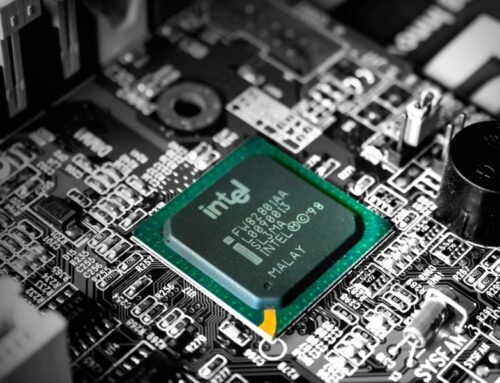
Written by: Stan Heller
For more than 25 years, VectorVest Founder Dr. Bart DiLiddo, his team of investing coaches, and many successful subscribers have shared their secrets and strategies for beating the market. Successful traders tweak their trading plans or shift entirely to a different system when market conditions change. However, the basic principles of stock analysis, graph analysis, and risk management never change.
One insight that has stuck with me and helped me beat the market is my #1 Rule: If you have run your scans, studied the graphs, and still don’t see an ideal setup, don’t force the trade. Spend your time more productively preparing for the next trading day or step away and do something you enjoy to clear your mind of the markets. It can be anything, as long as it saves you from getting into a weak, low-conviction trade that you will likely regret soon after.
If you feel pressured to make a trade, give in to the impulse to get in on the action, or are distracted or desperate, you are more likely to enter a bad trade. You might take a small loss, but if you stay in the position for too long, it could become a big loss. Neither is a good path to consistent profits and beating the market.
Copied below is a graph of Finning International (TSX: FTT). The arrows #1 and #4 show buy points offering substantial upside potential with minimal risk. Arrows #2 and #3 show entries that were just okay. Some might have settled for these trades; however, in both cases, downside risk outweighed the upside potential. Below are the Pros and Cons for each of the four setups and the most likely outcomes.

Trade #1 – Pros:
* The RT 40-MA is in a trough, and the RT 5-MA has just crossed above the 40-MA (The Near Perfect Indicator).
* The slope of the RT 5-MA crossing the 40-MA is steep, indicating forceful momentum.
* The STOP 5-MA has crossed above the 40-MA, and the 40-MA has slowed its decline and is beginning to flatten out.
* The EMA Squeeze (5-8-13 EMAs) is fanning out with force to the upside.
* The On Balance Volume (OBV) is rising.
* The DEW Market Timing is Up.
Trade #1 – Cons:
* The STOP 40-MA is elevated.
Trade #2 – Pros:
* There is a new BUY REC.
* The STOP 5-MA is rising from a trough.
* The slope of the Stop 40-MA is rising toward 2 o’clock, suggesting a continuation.
Trade #2 – Cons:
* The RT 5-MA is below the 40-MA.
* Technically, the uptrend was broken when the Price fell to a lower low.
* The EMA Squeeze is not fanning out.
* Resistance is too close above the entry.
* OBV is in a downtrend.
* The DEW Market Timing is Dn.
Trade #3 – Pros:
* The RT 5-MA has crossed above the 40-MA.
* The DEW Market Timing is Up.
* OBV is rising from a low point.
Trade #3 – Cons:
* The STOP 5-MA is below the 40-MA, and both the 5 and 40-MA are hitting lower lows while falling from a peak.
* The stock is rated an ‘S’ SELL, so this would be bottom-fishing at best.
Trade #4 – Pros:
* The RT 5-MA continues rising from a low trough and has just crossed above the 40-MA.
* The slope of the RT 5-MA crossing the 40-MA is steep, indicating forceful momentum.
* The STOP 5-MA is rising from a deep trough and has just crossed above the 40-MA.
* There is a new BUY REC, and the EMA Squeeze is fanning out with force to the upside.
* The OBV is rising from a low point.
* The DEW Market Timing is Up.
Trade #4 – Cons:
* The RT 40-MA trough could be deeper and more defined.
The most likely outcomes:
#1 – 12.71% Gain
#2 – (-1.98%) Loss
#3 – 5.90% Gain
#4 – 20.47% Gain
Summary: It was possible to make money in all four trades, especially #1, #3, and #4, with the RT 5/40-MA crossovers (NPI), but #2 and #3 were riskier. Trade #4 was the closest of the three to a near-perfect setup.
The Tampa 2-Day. To learn more about VectorVest investing principles, stock analysis, trading systems, and ideal setups, please join us at NO COST for the January 6&7 Tampa 2-Day Livestream workshop. Please click here to learn more and register for this event. On Day 2 at 11:00 AM ET, I will deliver an updated presentation about The Near Perfect Indicator, a technique, and methodology that follows MY #1 RULE FOR SUCCESSFUL TRADING.








Leave A Comment